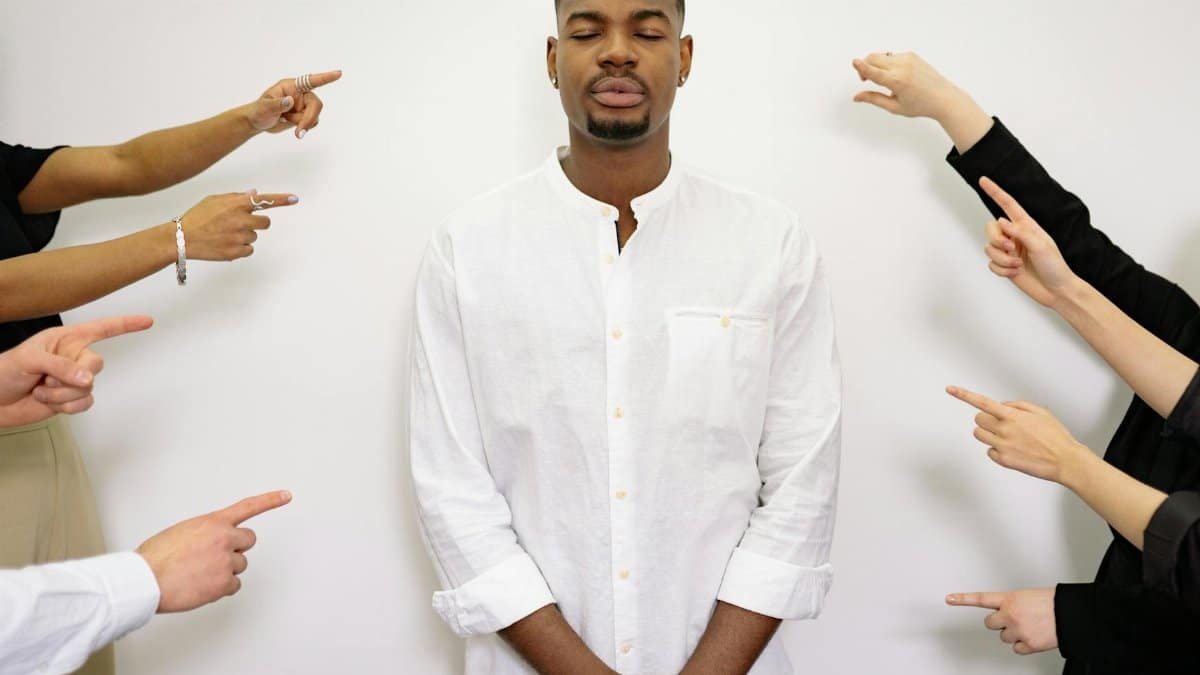A recent study from the National Institutes of Health revealed that nearly 14% of American adults practiced mindfulness meditation in 2022, up from just 4% a decade earlier. This surge points to a quiet revolution in how people cope with daily stresses. In bustling cities like New York and Los Angeles, apps and classes promise calm amid chaos. But what drives this rise? Experts suggest mindfulness isn’t just a trend; it’s a response to modern life’s relentless pace. As we navigate economic uncertainties and digital overload in 2025, this practice offers a way to pause and reconnect. It fosters clarity, reducing anxiety that strains relationships and personal growth. Yet, its potential goes deeper, touching on spirituality and wellbeing in unexpected ways.
The Ancient Roots of Modern Mindfulness
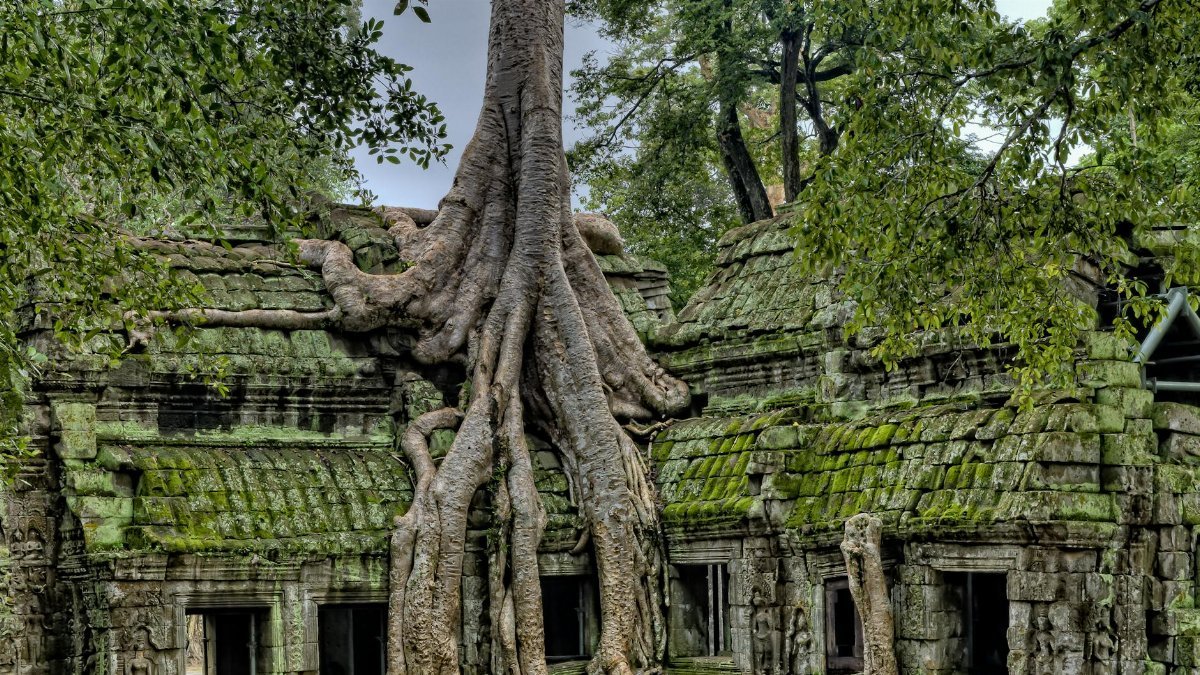
Long before smartphone apps pinged reminders to breathe, mindfulness had its origins in ancient traditions. Buddhist teachings from over 2,500 years ago emphasized present-moment awareness as a path to enlightenment. In the West, it gained traction through figures like Jon Kabat-Zinn, who in the 1970s adapted these ideas into secular programs. His Mindfulness-Based Stress Reduction course stripped away religious elements, focusing instead on observable benefits like pain management and emotional regulation.
Picture a group of hospital patients in Massachusetts, gathered in a dimly lit room, learning to observe their breath amid chronic discomfort. One participant, a middle-aged teacher dealing with back pain, later shared how the practice shifted her focus from suffering to subtle body sensations. This isn’t just history; it’s a bridge to today’s applications. In 2025, with rising interest in holistic health, these roots remind us that mindfulness is timeless, adapting to heal contemporary woes.
Scholars point to texts like the Satipatthana Sutta, which outline mindfulness of body, feelings, mind, and phenomena. Yet, as it spreads, debates arise about cultural appropriation. Is the Western version diluting the essence? This tension adds depth, urging practitioners to honor origins while embracing accessibility.
The Science Behind the Calm

Dive into the brain, and mindfulness shows tangible effects. Neuroimaging studies reveal it thickens the prefrontal cortex, the area tied to decision-making and emotional control. A landmark review by researchers at the University of Wisconsin found that regular practice reduces activity in the amygdala, our fear center, leading to lower stress levels.
Consider Sarah, a fictional composite based on real accounts: a busy executive in Chicago who started meditating after a burnout episode. At first skeptical, she noticed after weeks how arguments with her spouse lessened; she responded rather than reacted. Such stories align with data from a NIH-funded study on mindfulness and stress, which showed participants experienced a 20% drop in cortisol levels.
But science isn’t unanimous. Some critiques highlight small sample sizes or placebo effects. Still, the growing body of evidence, including from Harvard’s Mind/Body Medical Institute, supports its role in mental clarity and growth.
Mindfulness in Healing Relationships

Relationships often fray under unspoken tensions. Mindfulness steps in by encouraging empathetic listening. Imagine a couple in therapy, one partner pausing to notice rising frustration during a heated discussion. This simple act can de-escalate conflicts, fostering deeper connections.
Experts like Tara Brach, a psychologist and meditation teacher, argue that self-compassion— a key mindfulness element— extends to others, repairing bonds. In U.S. households facing post-pandemic strains, practices like mindful communication are gaining popularity. A 2023 survey by the American Psychological Association noted that 35% of couples reported improved dynamics after incorporating mindfulness routines.
Yet, it’s not always smooth. One anonymous online account described initial awkwardness: “Trying to be present during fights felt forced at first, but it eventually revealed patterns we’d ignored for years.” This highlights mindfulness as a tool for relational growth, blending spirituality with practical wellbeing.
Overcoming Common Barriers to Practice
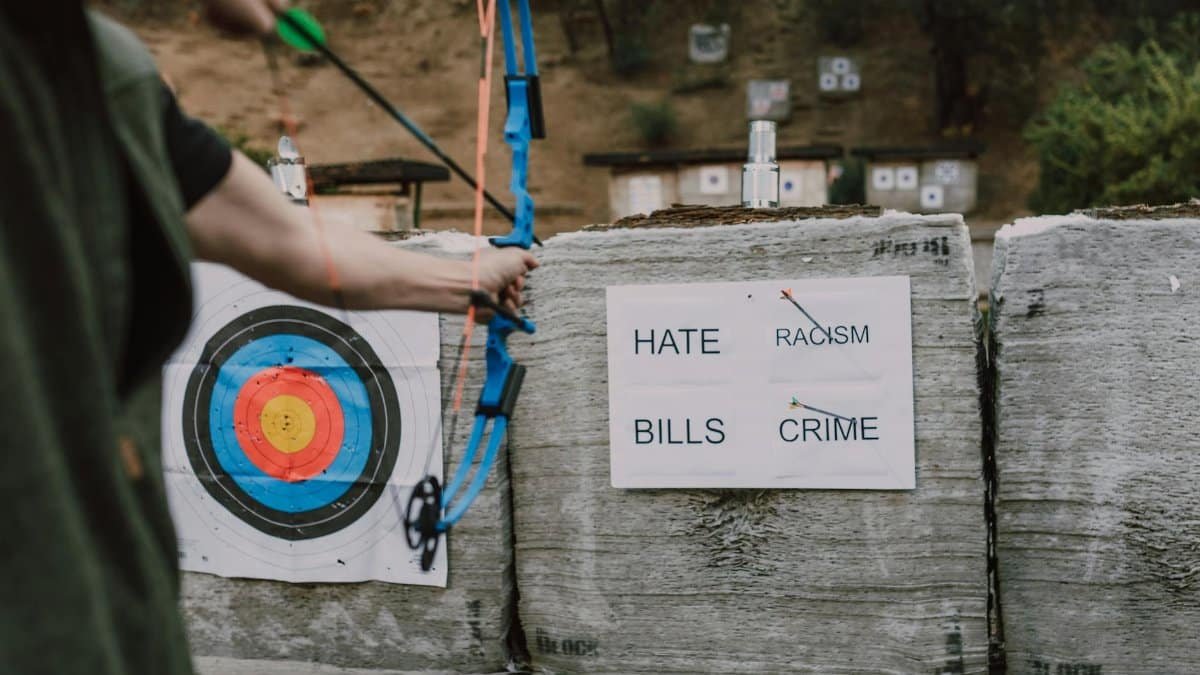
Not everyone finds mindfulness easy. Busy schedules and wandering minds pose real challenges. Many start with enthusiasm, only to abandon it when results aren’t immediate. “I tried meditating, but my thoughts raced like a highway,” one person reflected in a public forum, capturing a widespread frustration.
To counter this, experts recommend starting small—five minutes a day, perhaps focusing on breath while commuting. Research from the American Psychological Association on mindfulness barriers suggests building habits through accountability, like joining virtual groups. In 2025, with apps tracking progress, accessibility helps, but discipline remains key.
Another hurdle: misconceptions that it’s only for the spiritually inclined. Dispelling this opens doors for skeptics, showing it’s about awareness, not enlightenment alone.
Mindfulness and Spiritual Growth

Beyond science, mindfulness taps into spirituality. It invites a sense of interconnectedness, quieting the ego to reveal deeper truths. For some, it’s a gateway to exploring life’s big questions without dogma.
Think of a retreat in California, where participants sit in silence, confronting inner dialogues. One attendee might emerge feeling a profound unity with nature, echoing ancient wisdom. Studies, such as those from UC Berkeley’s Greater Good Science Center, link this to increased compassion and purpose.
Critics warn of superficiality in commodified versions, like “mindful” marketing ploys. True growth demands intention, weaving spirituality into daily life for lasting change.
Practical Applications in Daily Life

Integrating mindfulness doesn’t require retreats. Simple acts like eating without distractions or walking attentively transform routines. In workplaces, companies like Google offer programs, recognizing its boost to focus and creativity.
A manager in Seattle incorporated brief pauses before meetings, noting teams became more collaborative. Data from Harvard Business Review on workplace mindfulness supports this, showing improved productivity and reduced burnout.
For parents, it means being present during family time, modeling calm amid chaos. These applications make mindfulness a practical ally for wellbeing in 2025’s demanding world.
The Broader Societal Impact

As mindfulness spreads, it influences society at large. Schools introduce it to combat youth anxiety, with programs showing reduced behavioral issues. In healthcare, it’s integrated into treatments for depression and addiction.
Yet, equity matters. Access remains uneven, with low-income communities often left out. Initiatives like community centers in urban areas aim to bridge this, promoting collective healing.
Experts envision a turning point where widespread adoption fosters empathy, potentially easing social divides. This ripple effect underscores its potential for humanity’s growth.
Navigating Criticisms and Misconceptions
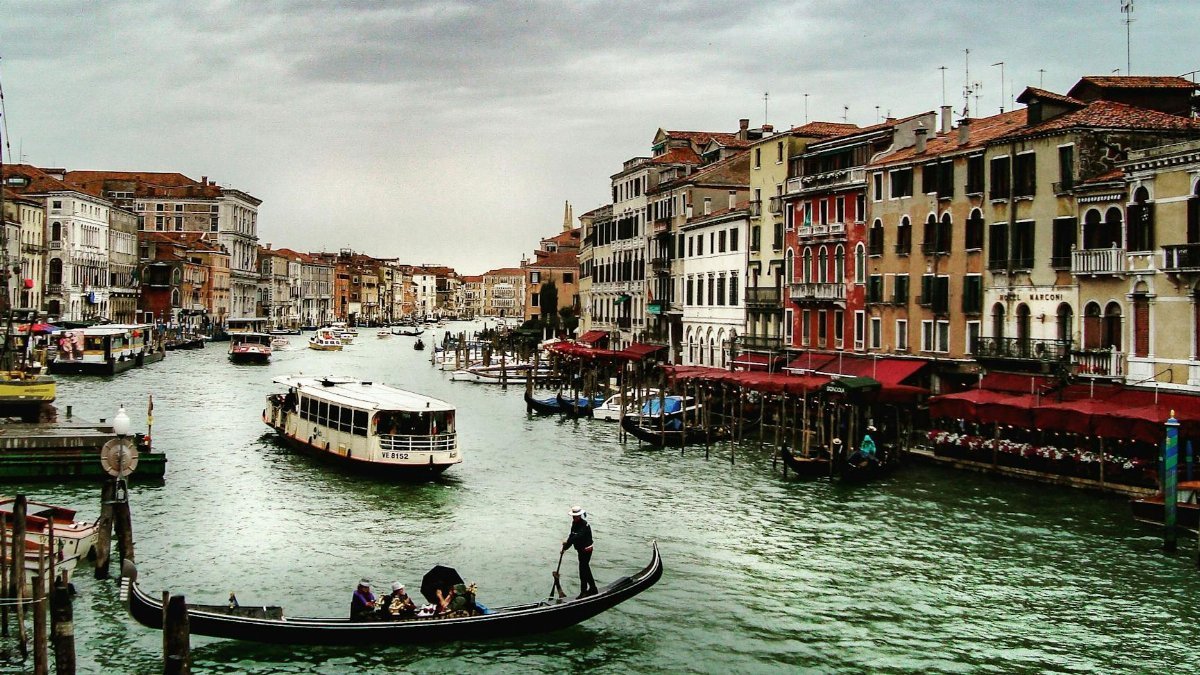
Mindfulness isn’t a panacea. Detractors argue it can promote passivity, ignoring systemic injustices. “Being present is great, but what about action?” questions arise in discussions.
Balancing this, proponents like Ronald Purser in his book “McMindfulness” critique commercialization, urging a return to ethical roots. Addressing these keeps the practice authentic, ensuring it supports real change rather than escapism.
Looking Ahead: Mindfulness as a Catalyst
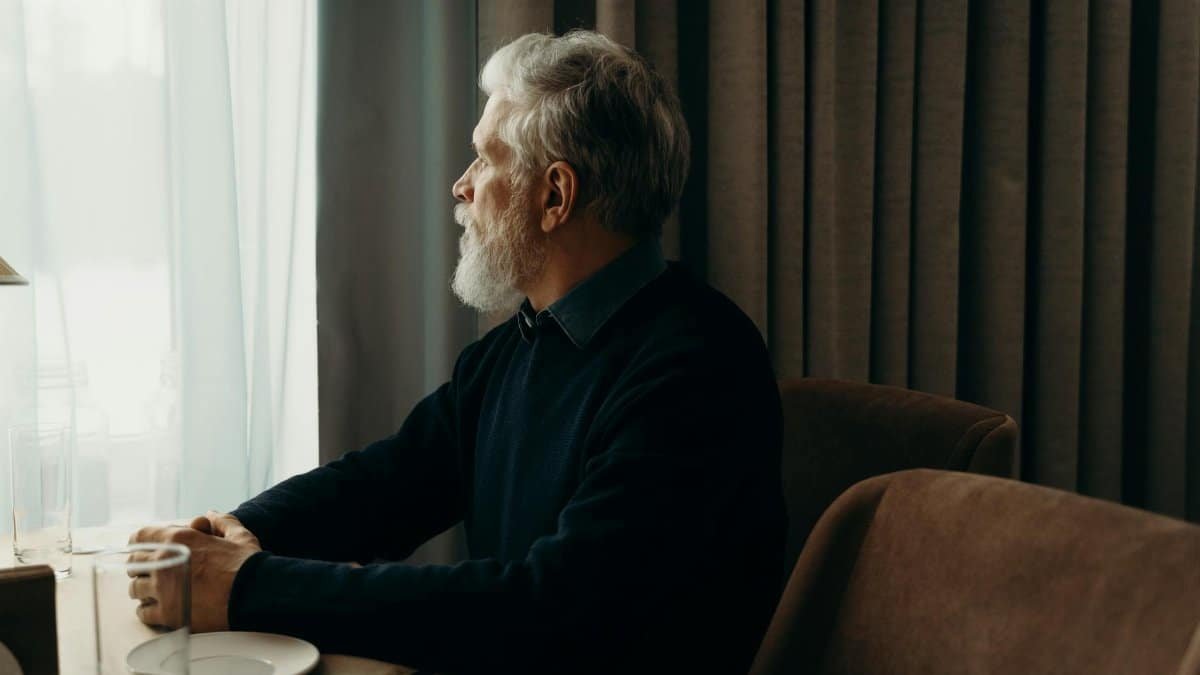
In 2025, with AI and climate concerns amplifying uncertainties, mindfulness could anchor us. Emerging research explores its role in resilience, hinting at untapped potentials.
Ultimately, it’s about reclaiming agency in a distracted era. By fostering mental clarity and relational healing, it invites a more intentional way of being, perhaps marking a true turning point for humanity.
